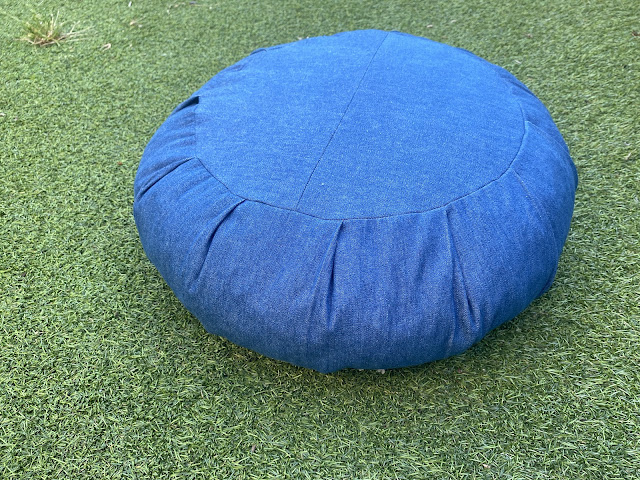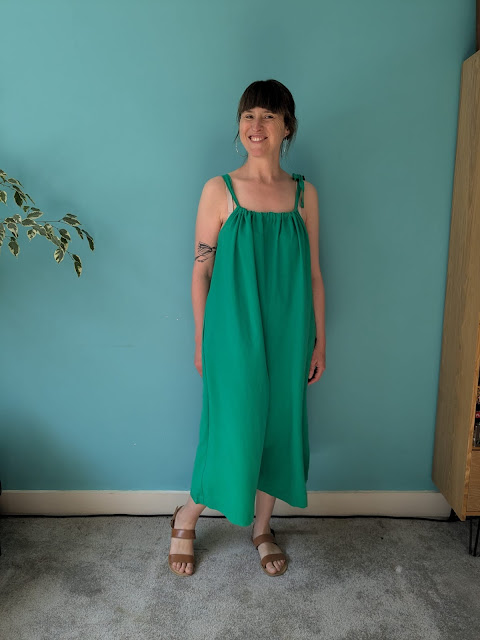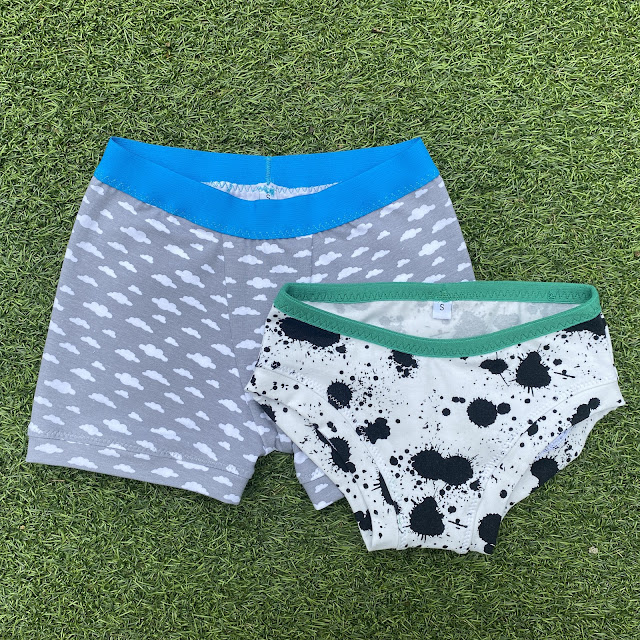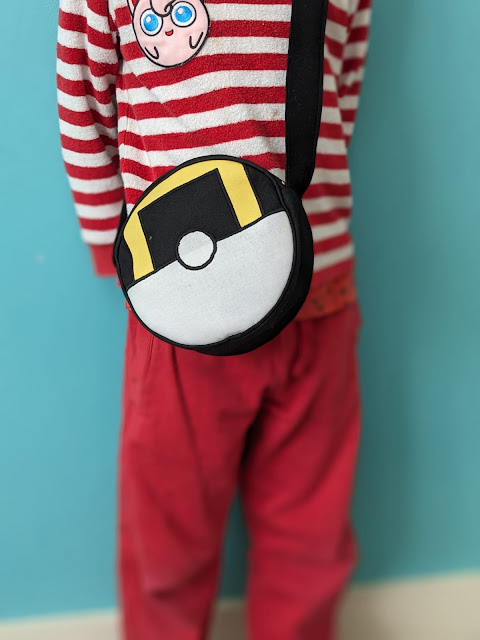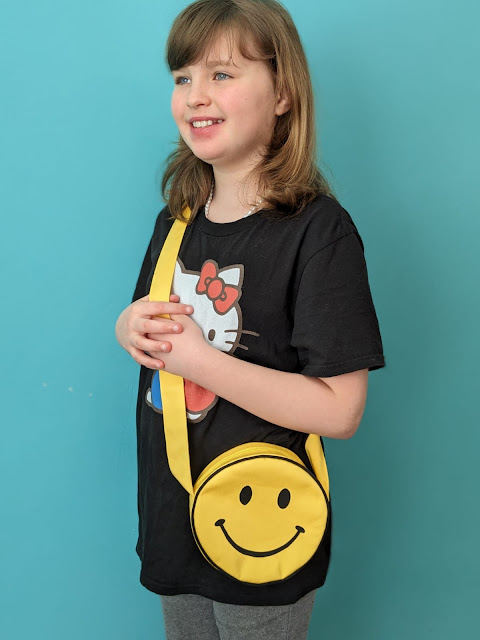Welcome to my monthly 'Free Pattern Friday' feature, where I road test a free sewing pattern or tutorial: sometimes a children's one, sometimes an adult's one. I try to publish these posts every first Friday of the month, timed to provide inspiration for those who plan to get their sew on over the weekend. I firmly believe that, if you pick your projects carefully, sewing doesn't have to be a crazy-expensive way to clothe yourself and your family. Thanks to all the amazing pattern designers who have offered up their hard work for us to enjoy for free.
Usually, when choosing what to post about for my Free Pattern Friday series, I find a free sewing pattern or tutorial and then decide whether or not the item would be useful for someone in my family. If it's a YES, then it goes on my list of free resources to road test. However, with this project it was different. This time a need came first. The weather had started to get warmer, two of my four pairs of trainer socks just died beyond repair, and I realised I need more. I'm trying hard to save money this year so we can get some building work done on our house, so I thought, 'I wonder if there's a free pattern for trainer socks out there...'.
The answer came in the form of this YouTube tutorial with free pattern by a French-speaking creator called Nejea. Massive thanks to Nejea for sharing their work for free. I hope lots of people watch your tutorials and you get lots of ad revenue from YT. The pattern is easily accessible by clicking on the link in the caption of the YouTube video, no sign ups necessary.
Pattern type:
The pattern itself is simple and clear, consisting of two pieces plus the measurements for band are given to draft directly onto your fabric. The tutorial for construction, plus all additional information such as fabric suitability, is included in the 11 minute-long video.
Sizing info:
The pattern has been drafted for European shoe size 38 (approx. size 5 in the UK system). However, how big or tight these trainer socks come out is going to depend a great deal on the properties of your fabric. I would really recommend making a pair and checking the fit before cutting out a whole load. And then expect the sizing to change if you use different fabrics going forwards.
Me, I wear UK 7, approx. European 40, but I have narrow feet. So I decided to print out the pattern by adjusting the printer scale settings to about 105%. I then extended the length by an additional 1cm. Experiment with your printer settings, and possibly lengthening or shortening the pieces to tweak the fit until you get something that works for the size and width of your feet.
Fabric info:
The tutorial recommends using jersey fabric with a four-way stretch (or bi-stretch as they refer to it in the video). However, I decided to go rogue and try this pattern using some fine knit harvested from an old RTW cardigan. I have several worn out or misshapen fine knit cardigans, and I'm always on the look out for potential uses for them! I used four-way stretch jersey for the band, however. The fine knit worked pretty well. The only real issue is that, because there doesn't seem to be any elastane/Lycra/spandex content to give some recovery, it does tend to stretch out a bit throughout the day. They're still totally wearable though. I had hoped to try this pattern in the type of knit that is actually recommended before publishing this post, but I didn't have time. So I can only assume that jersey with four-way stretch works fantastically!
Findings:
There maybe some non-French speakers who might be put off trying a pattern and tutorial that have been produced in a language they don't speak. But really they needn't be. I don't know if you have to tweak your YouTube settings, but English subtitles automatically appeared for me when watching, and the caption is written in English. The text on the pattern is in French, but seeing the creator use the pieces in the tutorial, it is clear what each piece is and how they work together.
Despite using a fabric of questionable suitability, I love my little trainer socks! I've used them lots of times since making them. They offer great coverage of the foot: enough so they stay on easily, but not enough that they are visible when wearing trainers. At first, I was aware of the seam allowance that runs along the heel. However, I quickly got used to it and don't notice it now at all when I put these on.
My only real criticism of this tutorial is the way the band is applied to the rest of the sock. I understand that the method described is meant to reduce the amount of seam bulk that might feel annoying to some. However, I found it didn't properly cover the raw edge of the top of the socks and seemed a bit messy to me. In the future, I'll apply the band in one go, and then topstitch down the seam allowances.
Would I make this again?
Yes, absolutely. I've pretty much given up on making ankle socks from sewn fabric, but I definitely plan to make more of these when the need arises.









